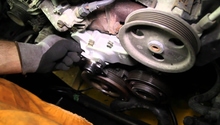Jeep Grand Cherokee 1999-2004: Why is My Car Overheating?
The cooling system for a Jeep Grand Cherokee involves many components. How do you eat an elephant? One bite at a time. This article breaks the process down into a series of simple troubleshooting steps.
This article applies to the Jeep Grand Cherokee WJ (1999-2004).
So your Jeep Grand Cherokee is overheating and you're just not sure where to begin? You're not alone. The engine cooling system involves a number of components, and any one of them can be the culprit. Sometimes one component can go bad and take another one down with it. This is why it's best to start troubleshooting at the first signs of a problem. Here are a few of the more common problems to look for.
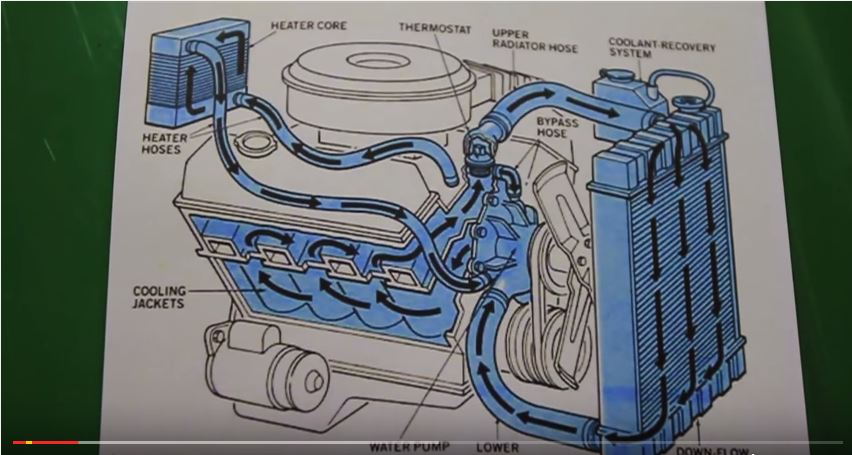

Materials Required
- Flashlight
- Jack and stands
- Cooling system pressure tester (can be rented)
- Fuse puller (optional)
- Radiator fin straightening tool (optional)
Step 1 – First thing's first
If you're driving along and the Jeep starts to overheat, it goes without saying that you need to pull over safely as soon as you can. Be sure to turn on your heater, which acts as another radiator to bring the coolant temperature down until you can get the vehicle turned off. By keeping the heater on full blast, the car is blowing hot air at you from the heater core, which is the part of the cooling system that comes into the cabin circulating hot coolant nearby. That's the short version of how your heater works, and when it's on, it's extracting heat from that hot coolant.

Step 2 – Look for the simple solutions
Your radiator is one of the primary components in your cooling system. Air flowing over all those little metal "fins" is what reduces the temperature of the hot circulating coolant. If something is blocking the air flow, it can't do its job.
Inspect the area around the radiator and make sure there are no plastic bags, deflated balloons, or mud splashes gunking up the front face of the radiator. Remove any debris, and spray the area with a garden hose to remove any dirt. That might just be the easiest fix you will ever come across!
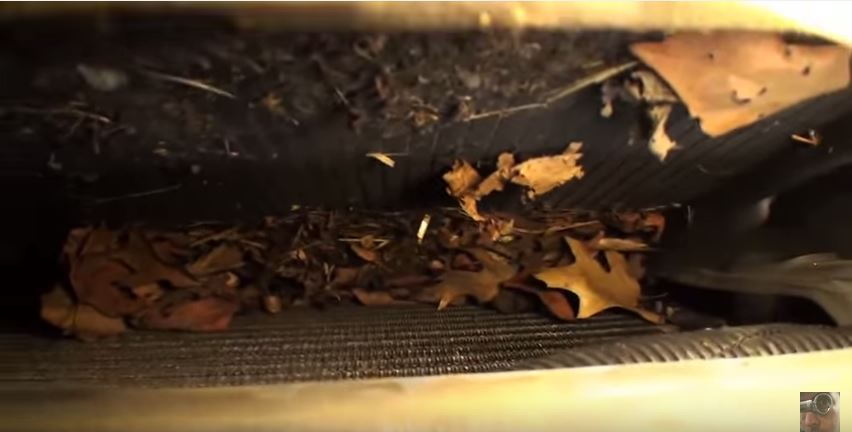
Step 3 – Are you having to constantly replenish the coolant?
If so, check under the vehicle for leaks. Antifreeze can be red or yellow in color to make it a little easier to spot. If so, you might have a cooling system leak. A quick visual inspection is the first test, but the leak may not be that easy to spot. A cooling system pressure tester is what you need to perform an accurate test. It's like a bicycle pump that you hook up to the top of the radiator and pump air into the system. Pump it up to the pressure indicated on the radiator cap (no more than 15 to 16 psi).
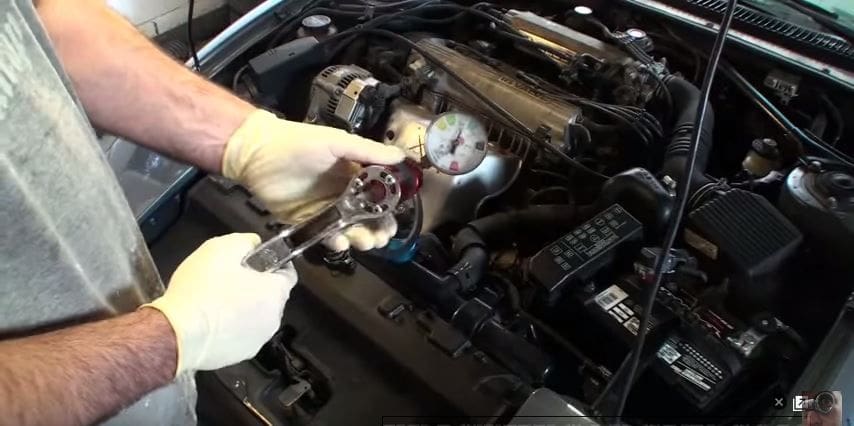
The pressure indicator should hold steady if there are no leaks. If the pressure gauge drops steadily, then you definitely have a leak. It could be external, as in the case of a leaky hose, or internal to the engine in the case of a blown head gasket. Most of the time the leak will be apparent as the coolant sprays out of the leaky area. If this step passes, move onto Step 4.
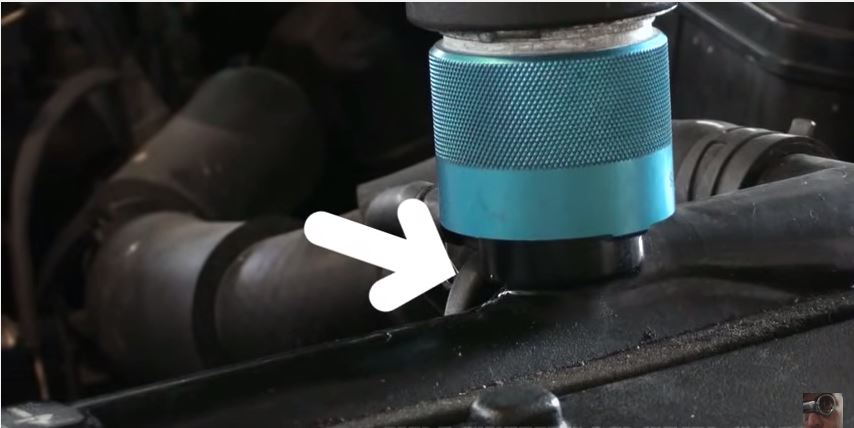
Step 4 – Does overheating occur at idle or low speeds?
Check your fans. They should be cycling on and off regularly to keep the radiator cool. An easy test is to run the air conditioner, as this should immediately start the fans. If the fan doesn't kick on, it could be defective, or you could have a blown fuse or bad relay.
The relay in a Jeep Grand Cherokee can be found under the passenger's side headlight. It's not the easiest part to reach, but a relatively inexpensive fix nonetheless. If the fuse and the relay are OK, your fan most likely will need to be replaced.

Step 5 – Still overheating?
We have reviewed all the common issues when it comes to overheating. If all your tests have passed so far, but you're still experiencing the problem, then we need to dig a little deeper—literally.
The thermostat is a valve that opens and closes to allow coolant to flow from the upper radiator hose into the engine when the temperature reaches around 200 degrees. Sometimes it gets stuck, causing the system to overheat. One way to check for this is by carefully touching the upper and lower radiator hoses. If the thermostat is stuck closed, the upper hose will be very hot and the lower hose will be abnormally cool. The good news is that the thermostat is a relatively inexpensive part that can be replaced. The water pump could also be the culprit. Either of these two components failing will keep the coolant from circulating properly.

There is also the possibility of air getting into the system. This often happens when a part of the cooling system gets replaced without bleeding the coolant properly. Cooling is not as efficient when air is introduced into the system. The solution? Bleed the system thoroughly to purge all of the air.
The last potential problem is the worst one: an internal engine leak. No one wants to hear the dreaded words blown head gasket, but it is always a possibility. Any type of internal engine leak is an expensive repair that cannot be done without taking the engine apart.
Hopefully your problem is resolved with one of the more inexpensive repairs.
Related Discussions
- 4.0 Overheating - CherokeeForum.com
- My Grand Cherokee Keeps Overheating - Cherokeeforum.com
- Overheating at Idle - CherokeeForum.com






